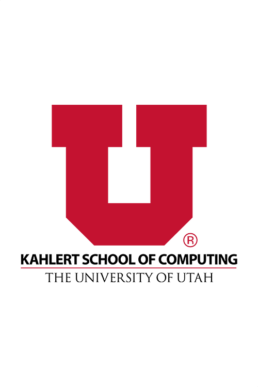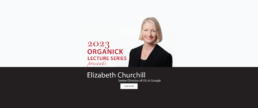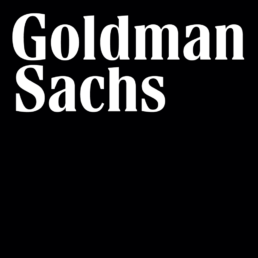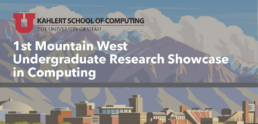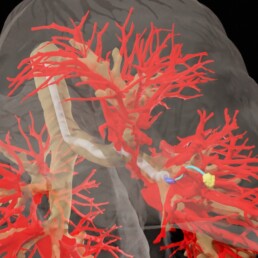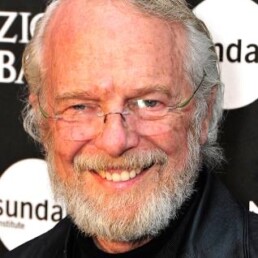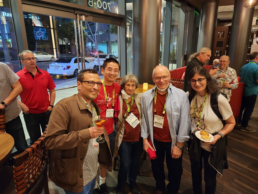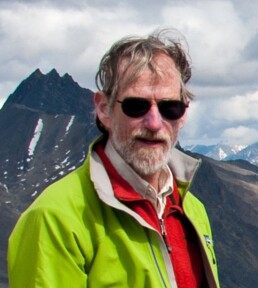2023 Organick Lecture Series
Elizabeth Churchill
Senior Director of UX at Google
The past, present, and future of Human Computer Interaction
Abstract: Since computers were first developed, scholars have been working on how to make them more usable and more useful. The early days of human computer interaction (HCI) as a field of study focused on making computers more usable for technical users, not for everyday users. This led to the development of text-based command-line interfaces (CLIs) which are still very much in use today. As computers started appearing in offices and homes in the 1970’s and 1980’s, and were taken up by non-technical users, graphical user interfaces (GUIs) began to emerge. GUIs were much more intuitive and user-friendly than CLIs, and they quickly became the standard for interacting with computers.
GUIs are still the most used form of interaction for our everyday personal and work devices, but new modalities such as voice, gesture, and touch are becoming increasingly popular as new interactive devices emerge. These include wearables, augmented reality (AR), and virtual reality (VR). Further, we are seeing that AI-driven, “under-the-hood” capabilities are changing the nature of interaction with digital information, which in turn will drive change in how we interact with our devices. As hardware and software continues to evolve, new ways of interacting with–indeed collaborating with–computers will emerge.
In this talk, I will offer a personal view of the past, present, and future of human computer interaction as a field of study. I will share some case studies from my own work, talk about what excites me about the future landscape, and will reflect on key challenges facing us all. In today’s world the study of human computer interaction is not just for scholars, it is everybody’s business.
A special thanks to our dinner sponsors:
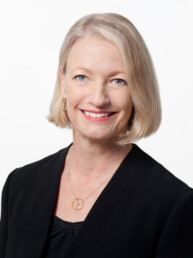
Utah Data Science Day 2024
Friday January 12, 2024 @ 9:00 am - 4:00 pm | Union Ballroom | Host or share something during the afternoon research expo!
1st Mountain West Undergraduate Research Showcase in Computing
We invite all undergraduate students in the Mountain West region pursuing research in computing to the first Mountain West Undergraduate Research Showcase on:
2–5pm, Friday, November 17th
WEB 2250, University of Utah
Amazon awards $50K to Prof. Anton Burtsev to Develop Atmosphere, a Secure and Reliable Operating System
Kahlert School of Computing Assistant Professor Anton Burtsev is a recipient of the 2023 Amazon Research Award for his research aimed at developing a new operating system, Atmosphere, that utilizes advances in programming languages and formal verification for constructing a formally verified operating system kernel. The $50K grant is one of 28 selected in the Automated Reasoning category.
“A grant from Amazon illustrates the potential of Prof. Burtsev’s research for large-scale, practical impact on the challenges faced by industry,” said Prof. Mary Hall, Director of the Kahlert School of Computing.
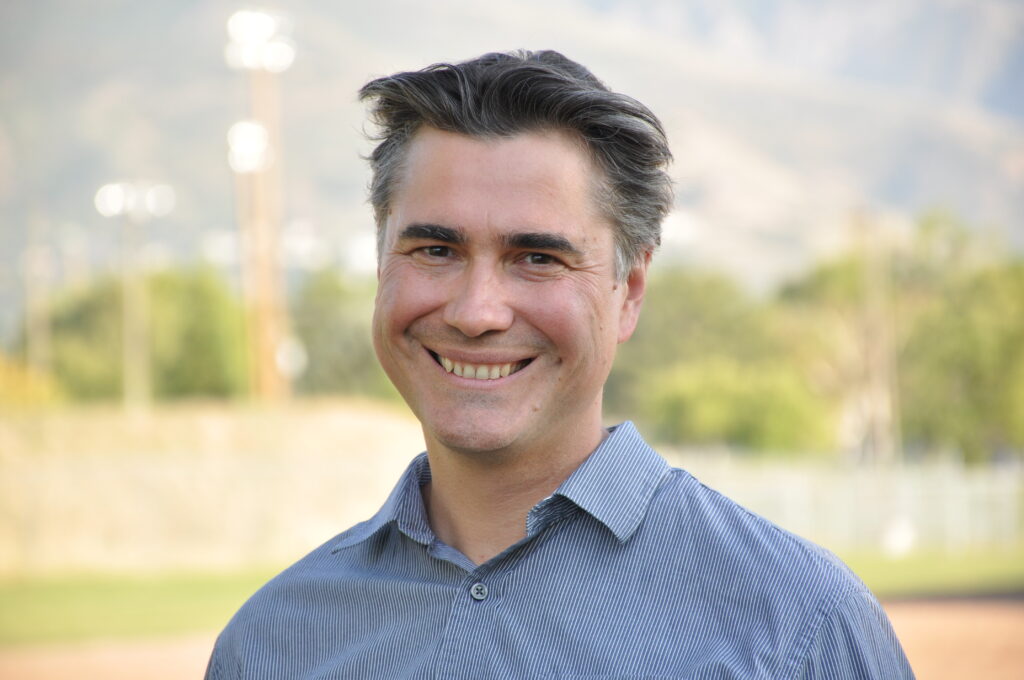
The exclusive authority of an operating system kernel makes it an attractive target for security attacks. Given the reliance on the large trusted computing base of the kernel, the entire system is at risk without the secure foundation provided by a kernel, even if application logic is verified. With the $50K grant from Amazon, Prof. Burtsev will address the challenge of developing an operating system, called Atmosphere, that is provably secure and reliable. Today, lacking security guarantees, industry-standard kernels make nearly every current computer system on the planet vulnerable to attacks that attempt to exploit these problems.
Modern operating system kernels are inherently complex. A typical kernel must adhere to multiple allocation, synchronization, access control, and object lifetime conventions. As a result, the code for the kernel is routinely affected by the introduction of bugs and vulnerabilities. The root causes of these vulnerabilities include logical and design errors related to low-level reasoning about intricate details of object lifetimes and synchronization, integer and buffer overflows, improper memory remapping, improper handling of uninitialized and freed data, missing pointer and permission checks, division by zero, infinite loops, and data races.
To address these challenges, Atmosphere leverages recent advances in the field of automated formal verification. Atmosphere will be developed in a safe language, Rust, that provides the foundation for lightweight, fine-grained isolation of traditionally monolithic kernel subsystems. Lightweight isolation enables new compartmentalized kernel organization that creates the foundation for modular verification. The system is structured as a collection of isolated subsystems that do not share state. The simplification of the verification of programming languages in Atmosphere is centered around the idea of restricted ownership discipline implemented by Rust. To that end, Atmosphere leverages a recent verification toolchain, Verus, that implements Dafny-like verification for Rust.
The ability to develop verified code at a speed that is comparable to traditional non-verified development enables a new level of trust in the software we use on a daily basis. "It took 20 person-years to develop the first fully-verified microkernel, seL4. We hope, however, that advances in automated verification would allow us to build a similar system in only a fraction of the time," Prof. Burtsev said.
Kahlert School of Computing’s Prashant Pandey Earns Early Career Award for High Performance Computing
Supercomputers, massive machines can compute nearly-incomprehensible amounts of data in a blink of an eye, can anticipate complex weather patterns, simulate entire ecosystems, or explore how galaxies are created. And although these feats are far beyond what human minds alone could calculate, for supercomputers to continue to push the boundaries of knowledge requires individuals who are every bit as dynamic and innovative.
Researchers Demonstrate the First Autonomous Medical Robot That Steers Needles In Vivo
To safely operate, an autonomous vehicle needs to be able to recognize and avoid obstacles in real time. Even a momentary lapse could lead to disastrous consequences, especially if the vehicle is a medical needle, less than a millimeter wide, navigating through the cluttered tissue of a patient’s lungs en route to a cancerous nodule.
Safely and accurately reaching a site inside living tissue is currently often challenging for physicians, especially inside complex, moving anatomy like the lung. Errors can be fatal: the failure to precisely reach a suspicious nodule in the lung can result in an inaccurate diagnosis and hence allow cancer to spread untreated. An autonomous robot has the potential to exceed the accuracy that a human operator can safely accomplish using currently available tools.
A team of researchers from the University of Utah’s John and Marcia Price College of Engineering, University of North Carolina at Chapel Hill, and Vanderbilt University have demonstrated, for the first time, a robotic needle capable of autonomously maneuvering around obstacles to a target in living tissue.
Adobe Co-Founder and Kahlert School of Computing Alum John Warnock Passes Away
John Warnock, U alum (Ph.D. in Computer Science and Electrical Engineering ’69,) and computer scientist pioneer, died on Saturday, August 19. He co-founded Adobe in 1982 with the late Dr. Charles Geschke, and together, built Adobe from a small start-up into one of the largest, most recognized software brands in the world. Warnock, along with Geschke, was the recipient of the National Medal of Technology and Innovation, one of the nation’s highest honors bestowed on scientists, engineers and inventors. The John E. Warnock & Marva M. Warnock Engineering Building, which opened on the University of Utah campus in 2007, was named after Dr. Warnock and his wife.
For more on the impact of John Warnock’s contributions to the tech industry, read related articles from Reuters, CNN and KSL.
U of U SIGGRAPH Reception
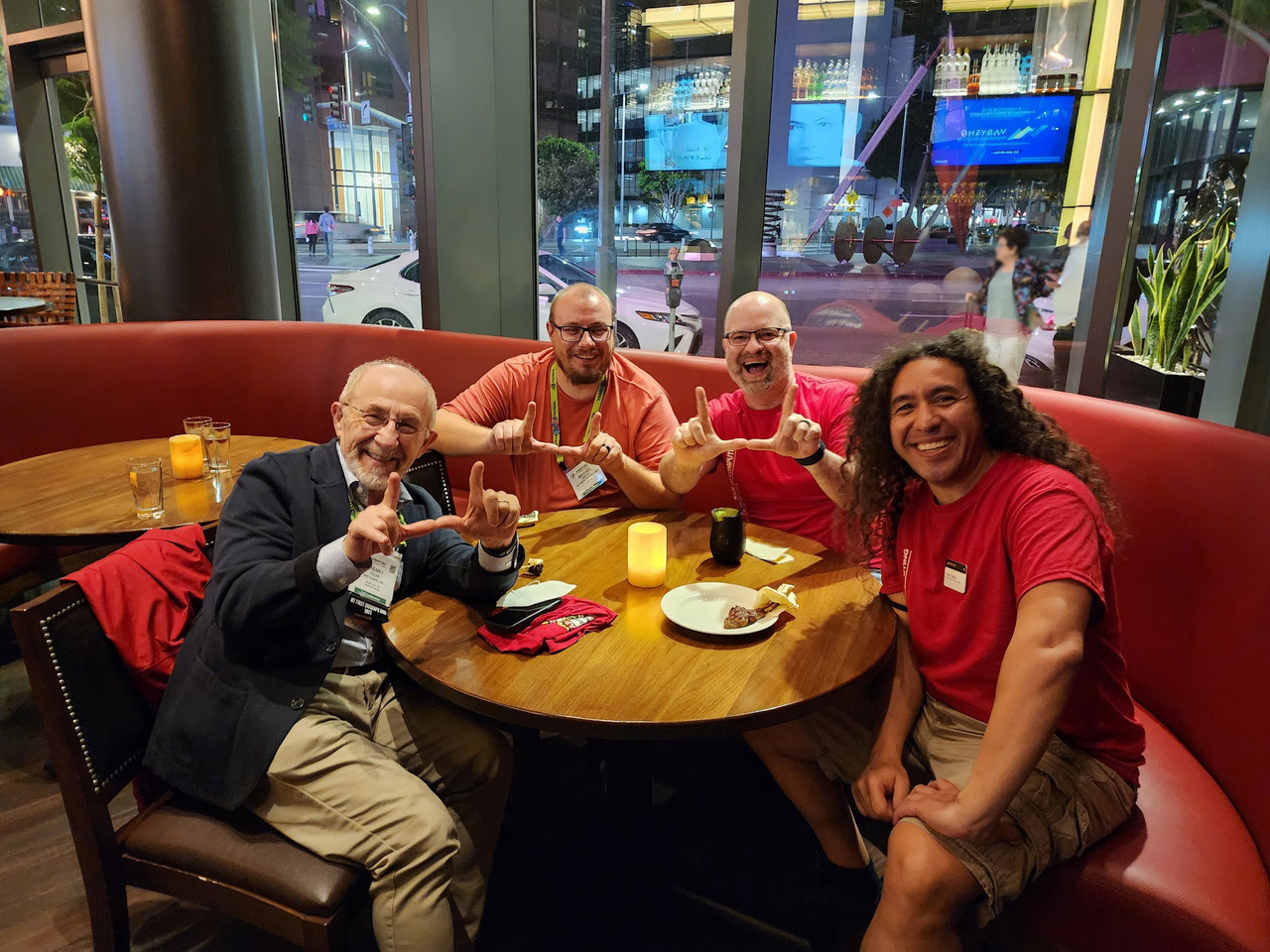 Current and former faculty and alumni from the Kahlert School of Computing gathered for a special U of U reception at the SIGGRAPH conference last week in LA. Thanks to Professor Cem Yuksel and students Elie Diaz, Gaurav Bhokare and Eisen Montalvo for organizing this fun event.
Current and former faculty and alumni from the Kahlert School of Computing gathered for a special U of U reception at the SIGGRAPH conference last week in LA. Thanks to Professor Cem Yuksel and students Elie Diaz, Gaurav Bhokare and Eisen Montalvo for organizing this fun event.
William B. Thompson (1948-2023)
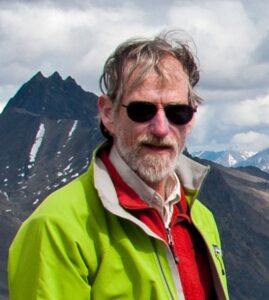 William B. Thompson passed away peacefully in his home in Salt Lake City, Utah, on May 26, 2023. We remember Bill for his enthusiasm for the outdoors, his incredible slide shows and stories, and his scientific contributions and mentoring. Bill exemplified work-life balance before it was trendy. He combined climbs to the highest peaks in Peru, fly-fishing, and travel around the world with a productive and innovative research program that included a skill for teaching others.
William B. Thompson passed away peacefully in his home in Salt Lake City, Utah, on May 26, 2023. We remember Bill for his enthusiasm for the outdoors, his incredible slide shows and stories, and his scientific contributions and mentoring. Bill exemplified work-life balance before it was trendy. He combined climbs to the highest peaks in Peru, fly-fishing, and travel around the world with a productive and innovative research program that included a skill for teaching others.
Bill was a Professor of Computer Science from 1975 to 2018, first at the University of Minnesota and then in the School of Computing at the University of Utah. He received his Sc.B in Physics from Brown University and M.S. and Ph.D. in Computer Science from the University of Southern California. Bill contributed significantly early in his career to the field of computational vision, especially in the areas of visual motion perception and dynamic scene analysis. At the University of Utah, he began a multi-disciplinary research program studying perception and virtual environments at the intersection of computer graphics and visual perception. Although Bill was trained in computer science, throughout his career he befriended and learned from psychologists; through his generous and numerous collaborations, he developed innovative ways to study how human perception and performance and computer graphics interact. His ideas and efforts led to the formation of the interdisciplinary journal ACM Transactions on Applied Perception (TAP) and, in 2004, the first ACM Symposium on Applied Graphics and Visualization (APGV), which became the ACM Symposium on Applied Perception (SAP) in 2012. He published the important multidisciplinary book Visual Perception from a Computer Science Perspective.
Bill was also a committed mentor who thrived on deep discussions with his students and colleagues. He challenged himself and others to step outside of their comfort zones and propose big ideas and new research questions, resulting in numerous impactful grants and projects. He was especially dedicated to advancing women scholars in computer science. He leaves a legacy of former students and collaborators across multiple universities and departments who continue to benefit from their time knowing, working, and adventuring with him. He is survived by his life partner, Barbara Miller, sister, Elizabeth Thompson, and many close friends and colleagues.

